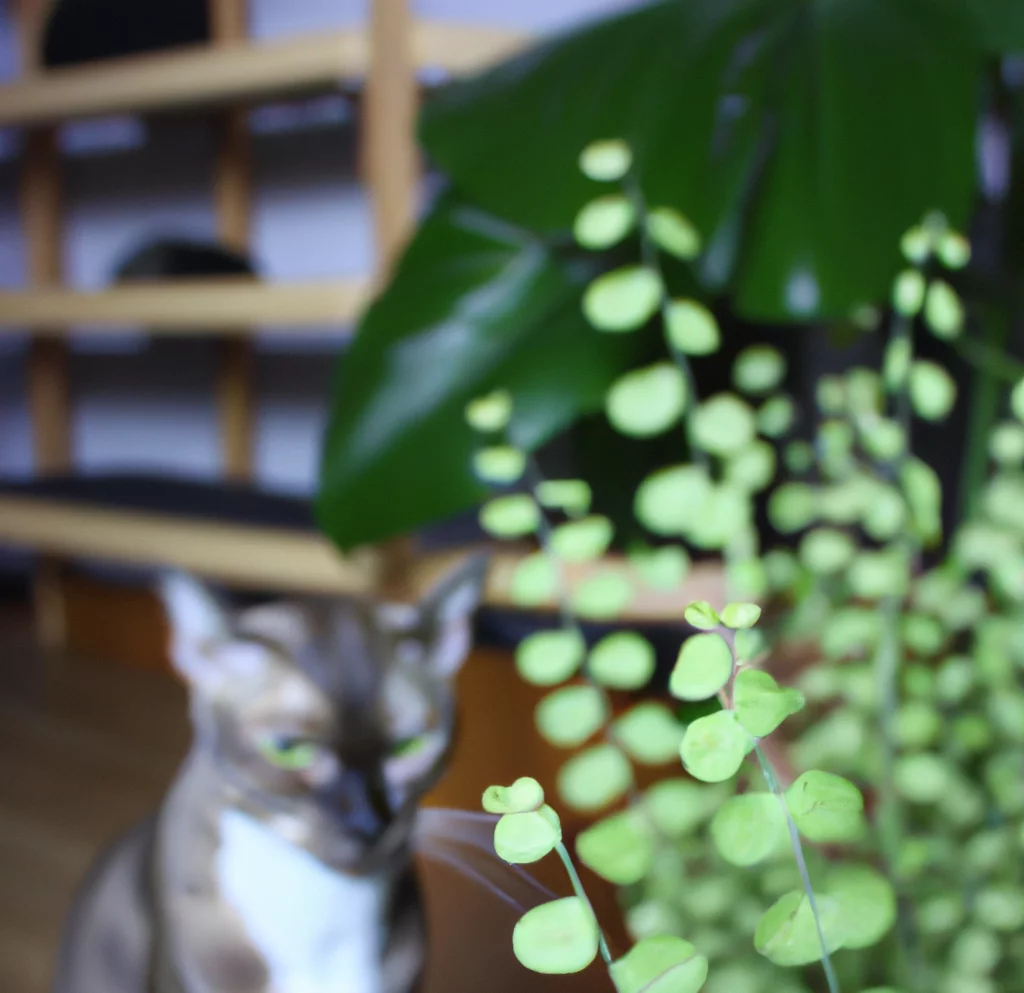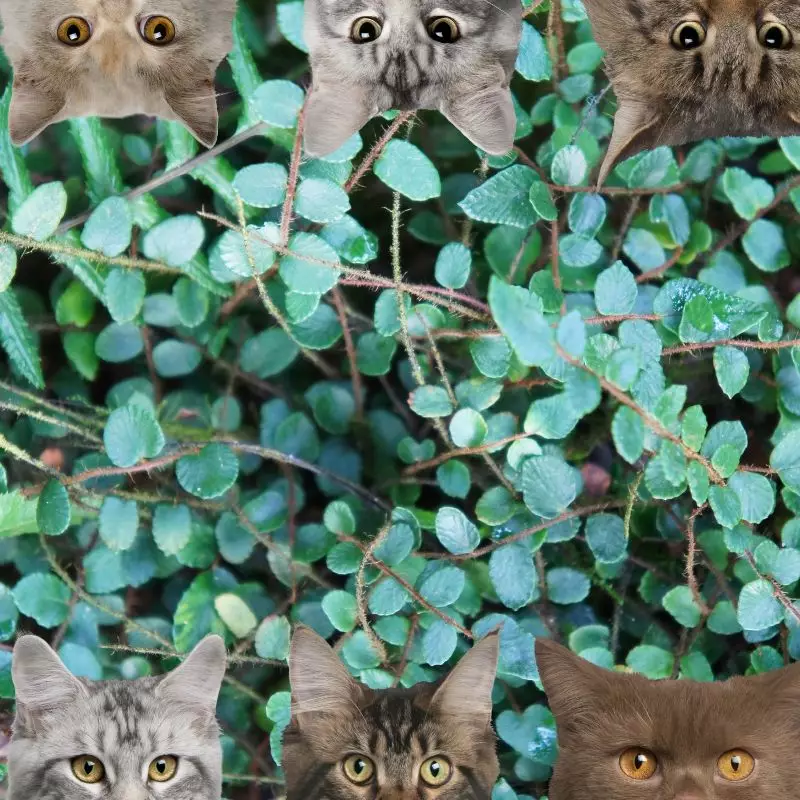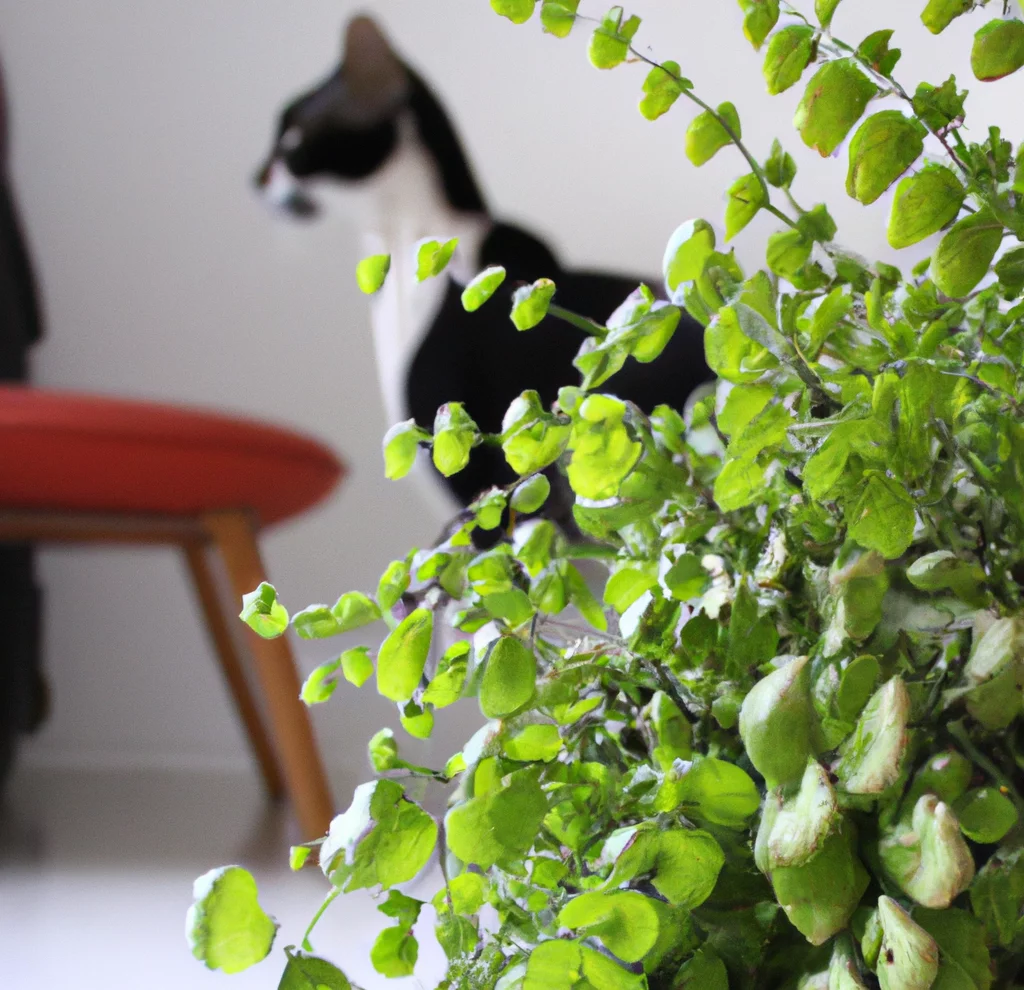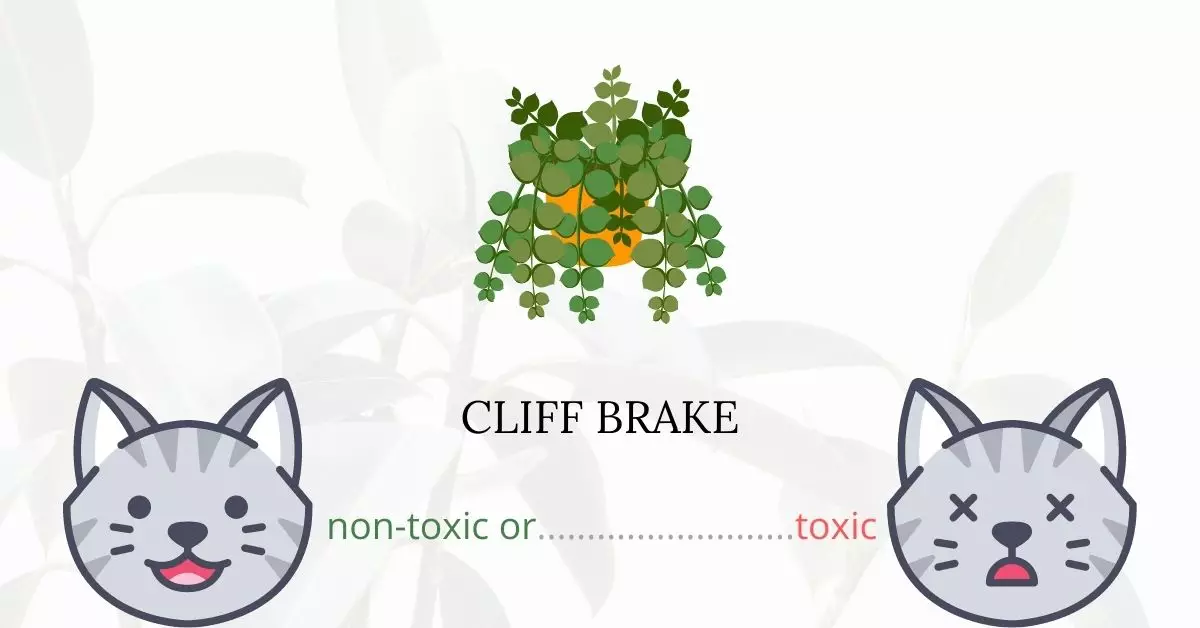No, Cliff Brake or Button Fern is not toxic for cats.
This article has been crafted with input and collaboration from a team of experienced DVMs (doctors of veterinary medicine). Thanks to their invaluable contributions, we can confidently provide accurate and up-to-date information about the potential risks associated with various plants, focusing on Cliff Brake in this instance. Additionally, we have conducted thorough research on high-authority websites such as ASPCA and PetMD to ensure every piece of information regarding plants and their effects on cats is both reliable and current.
Can Cats Eat Cliff Brake or Button Fern?

While this plant isn’t poisonous to cats, consuming large amounts of any plant might induce unpleasant side effects in cats. Your cat may probably get an upset stomach if she consumes too much Button fern. However, the symptoms of swallowing a real fern are rarely severe enough to require medical attention.
What is Cliff Brake or Button Fern?

The button fern (Pteridaceae family) has little dark green leaves linked to a thin stalk and is also known as the round-leafed fern. The name “Rotundifolia” relates to the roundness of the leaves, while Pallaea is derived from a Greek word that means “dark,” referring to the dark red stems. The genus is often known as “cliff brakes”.
Although button ferns are native to New Zealand and Australia, they may be grown outdoors in USDA growing zones 9 through 11. Though they can be fussy when grown inside, a button fern makes an excellent houseplant with proper care and attention to its needs.
Button ferns are smaller than other fern kinds, growing about 12-18 inches tall, making them excellent for compact settings. As the plant matures, its leaflets become more oval-shaped and darker
Don’t mistake button fern with the closely related lemon button fern (Nephrolepsis Cordifolia), which has a similar name but is unrelated.
Keeping Cats Away From Cliff Brake or Button Fern

Despite the fact that real ferns aren’t harmful to cats, the ASPCA advises cat owners to keep their pets away from any houseplants, regardless of toxicity. That’s not to mean you have to get rid of every plant in your house or garden. It just means you must be strategic in your plant placement. Place your hanging baskets where your cat couldn’t reach. A bright fern looks great on a high shelf, out of reach of curious cats.
Plants to Avoid For Your Cats
If you are a cat owner and unsure if the plants growing in your yard are harmful to your cats, check out this list of toxic plants for cats. You can also check our list of non-toxic plants for cats.





